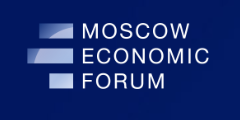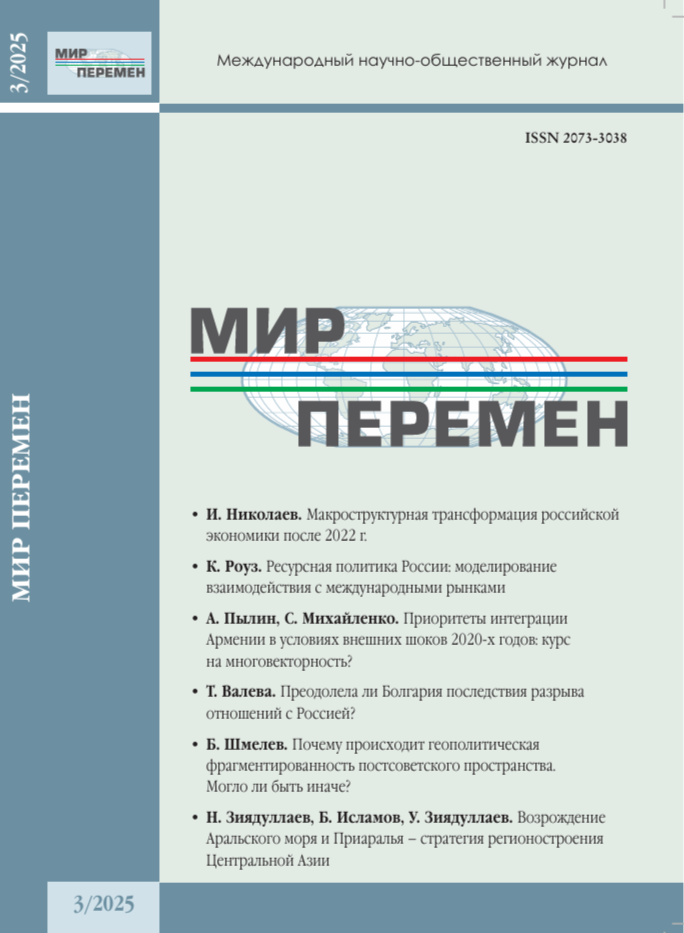Мир перемен. 2025. № 1
Н. Степанов. 30 лет Расширенной Туманганской инициативы (РТИ): итоги и перспективы
УДК: 339.9
EDN: NOWWMD
DOI: 10.51905/2073-3038_2025_1_133
В статье рассматривается развитие региона Туманган в современных геополитических условиях и влияние на него Расширенной Туманганской Инициативы (РТИ). Проанализированы географическое положение, природно-ресурсный потенциал и инфраструктурные ограничения региона. Особое внимание уделено проблемам развития судоходства по реке Туманной, включая недостаточную глубину фарватера и ограничения, связанные с существующим железнодорожным мостом. Рассмотрены экономические перспективы и стратегическое значение региона, а также позиции России, Китая и КНДР по вопросам его развития. Отмечена необходимость учета экологических аспектов при реализации проектов в регионе. Сделан вывод о сложности и многогранности вопросов развития Тумангана, требующих тщательной дипломатической работы и комплексного подхода.
Ключевые слова: Туманган, Расширенная Туманганская Инициатива, РТИ, река Туманная, международное сотрудничество, Северо-Восточная Азия, судоходство, инфраструктура, геополитика, экономическое развитие, экология.
Никита Сергеевич Степанов – кандидат экономических наук, старший научный сотрудник Центра институтов социально-экономического развития Института экономики РАН (г. Москва).
N. Stepanov. 30 Years of the Great Tumangan Initiative (GTI): Results and Prosrects
Annotation. This article examines the development of the Tumangan region in modern geopolitical conditions and the impact of the Extended Tumangan Initiative (ETI) on it. The geographical location, natural resource potential, and infrastructure limitations of the region are analyzed. Particular attention is paid to the problems of developing shipping on the Tumen River, including the insufficient depth of the fairway and limitations, associated with the existing railway bridge.
The economic prospects and strategic importance of the region are considered, as well as the positions of Russia, China and the DPRK (North Korea) on its development. The need to take into account environmental aspects, when implementing projects in the region, is noted. A conclusion is made about the complexity and multifaceted nature of the issues of Tumangang development, requiring careful diplomatic work and an integrated approach.
Keywords: Tumangan, Great Tumangan Initiative, GTI, Tumen River, international cooperation, Northeast Asia, shipping, infrastructure, geopolitics, economic development, ecology
Nikita S. Stepanov – a Candidate of Economic Sciences, Senior Research Fellow at the The Center for Institutes of Socio-Economic Development in the Institute of Economics of the Russian Academy of Sciences (Moscow).








